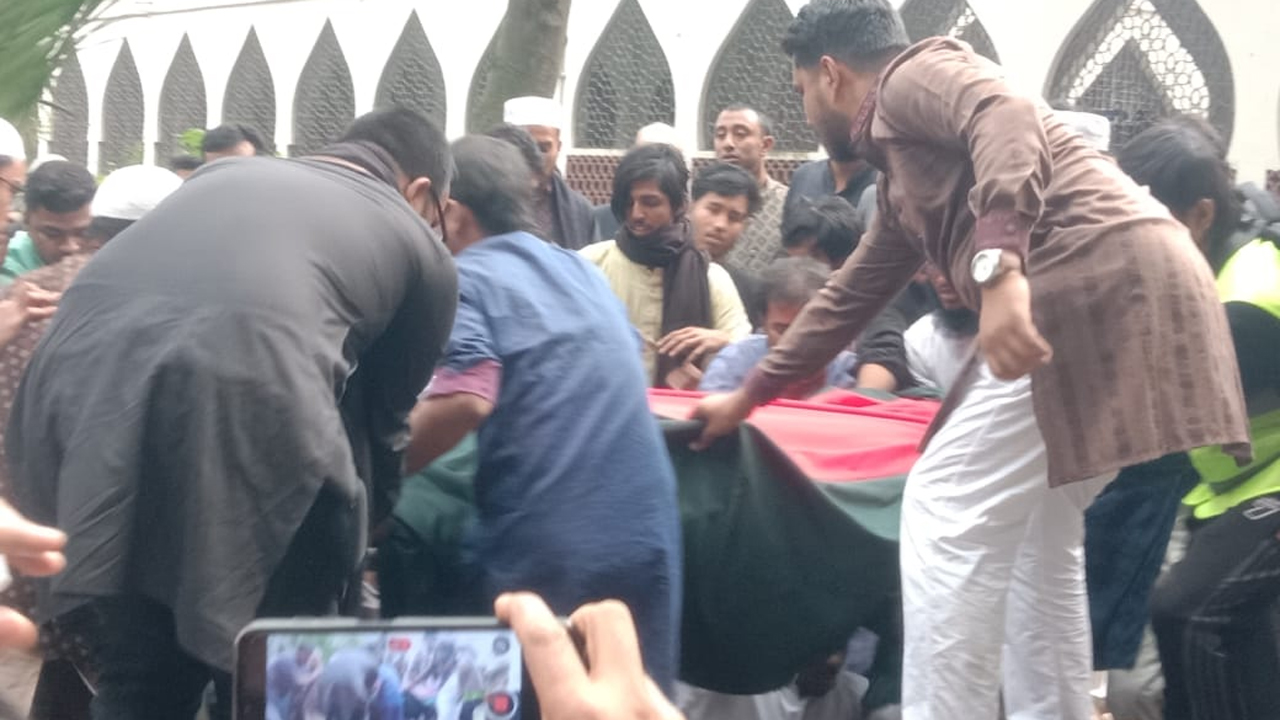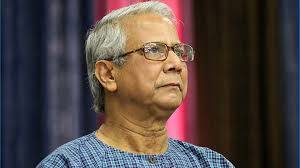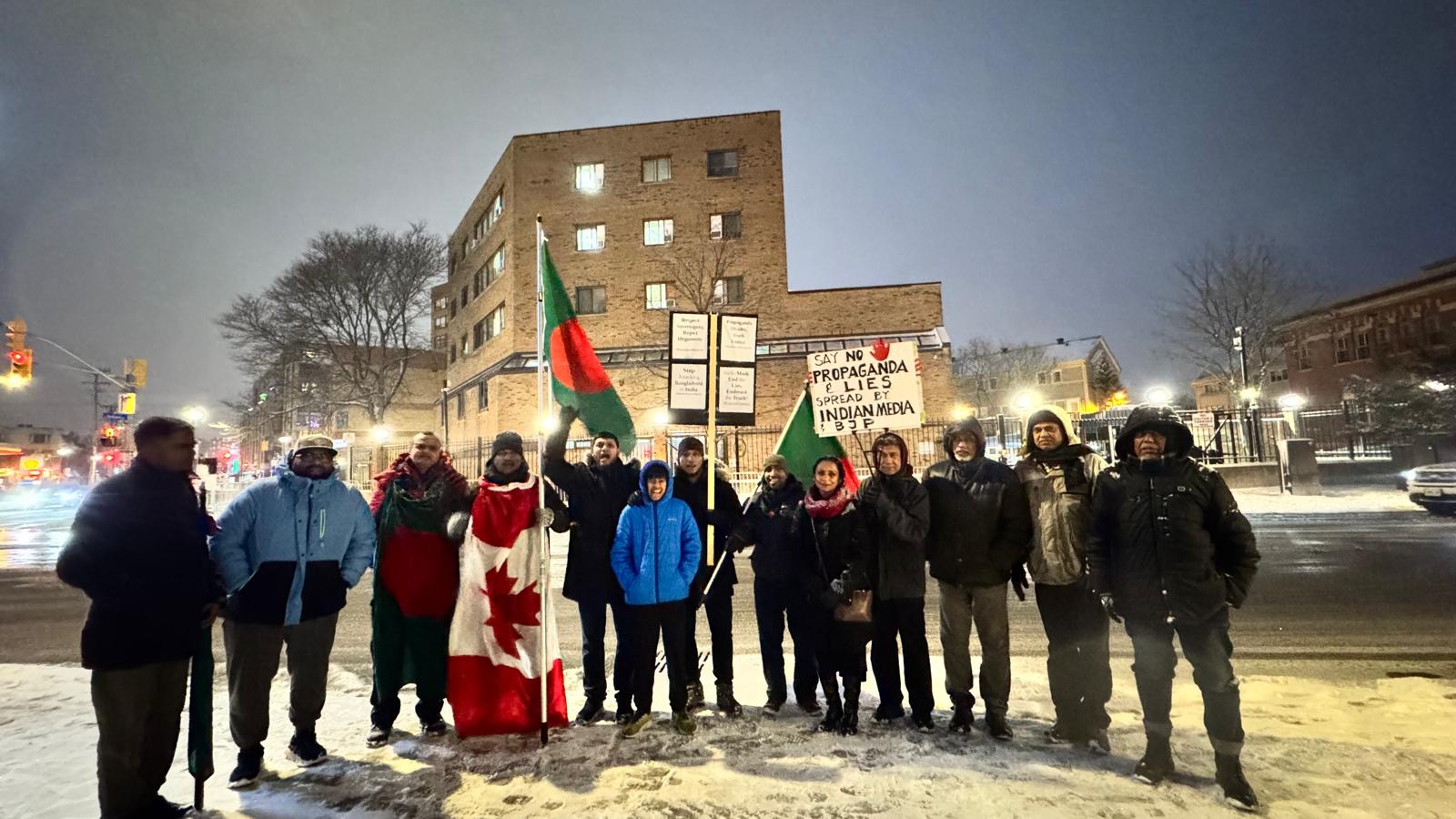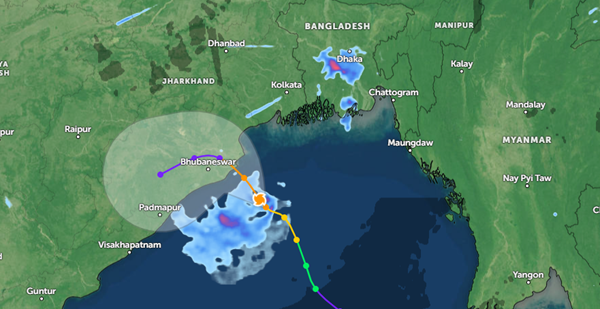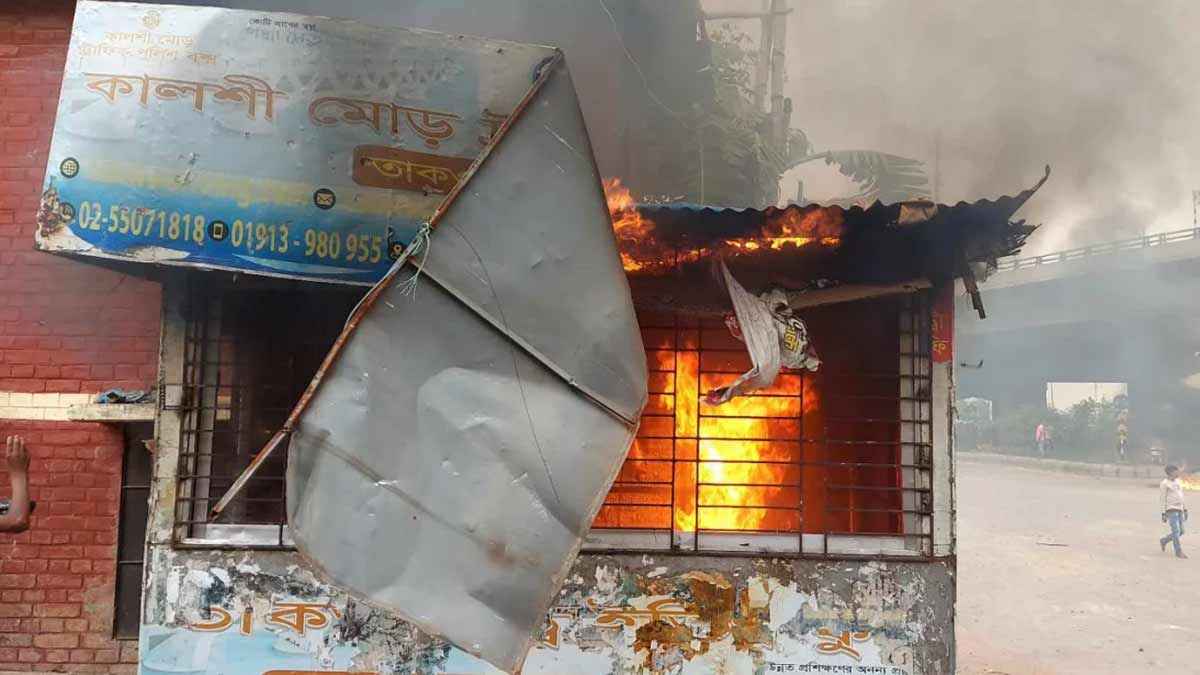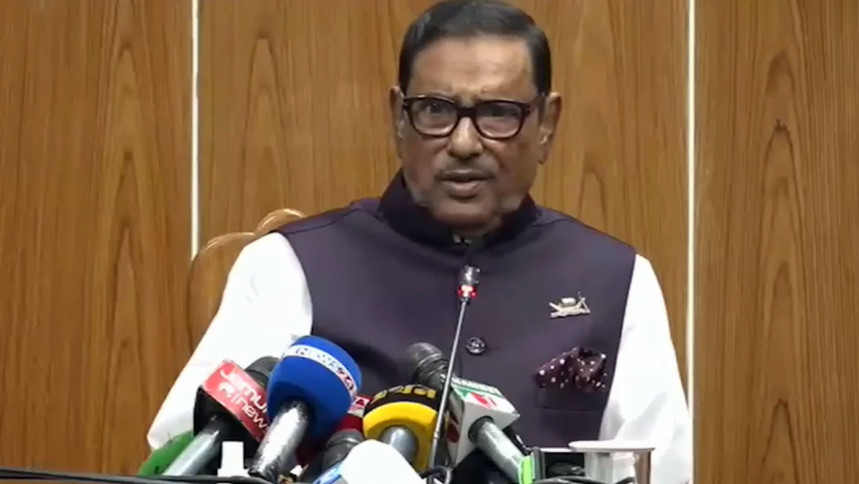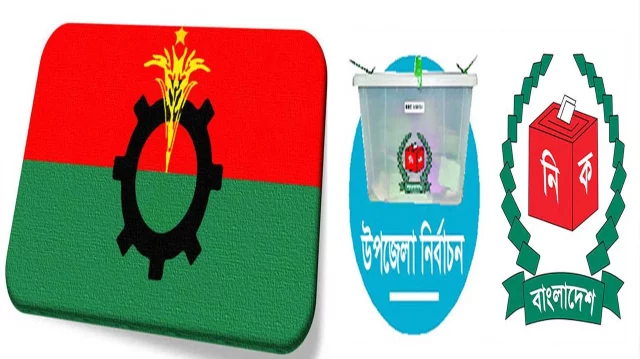
Philippine President Ferdinand Marcos Jr. has declared a state of emergency after Typhoon Kalmaegi tore through central provinces, leaving at least 241 people dead or missing in the country’s deadliest natural disaster this year.
According to the National Disaster Risk Reduction and Management Council (NDRRMC), the storm killed 114 people — mostly due to drowning and flash floods — while 127 remain missing, many of them in the severely affected Cebu province.
Typhoon Kalmaegi battered large parts of the central Philippines before moving out into the South China Sea on Wednesday, affecting nearly 2 million residents. Officials said more than 560,000 people were displaced, including 450,000 who had to be evacuated to emergency shelters as floodwaters swept through low-lying communities.
During a meeting with disaster-response agencies, President Marcos said the emergency declaration would allow the government to release funds faster, stabilize food supplies, and crack down on hoarding and price manipulation in storm-hit regions.
“This is not just about relief — it’s about restoring normalcy as quickly as possible,” Marcos said, emphasizing the need for coordinated recovery efforts.
Rescue teams continue to search for survivors amid widespread destruction, toppled power lines, and washed-out roads. Early assessments show severe damage to infrastructure, agriculture, and coastal villages across Visayas and Bicol regions.
International aid agencies have offered support as local authorities race to restore electricity and deliver essential supplies. The Philippines, one of the world’s most disaster-prone countries, faces an average of 20 tropical storms and typhoons each year.


